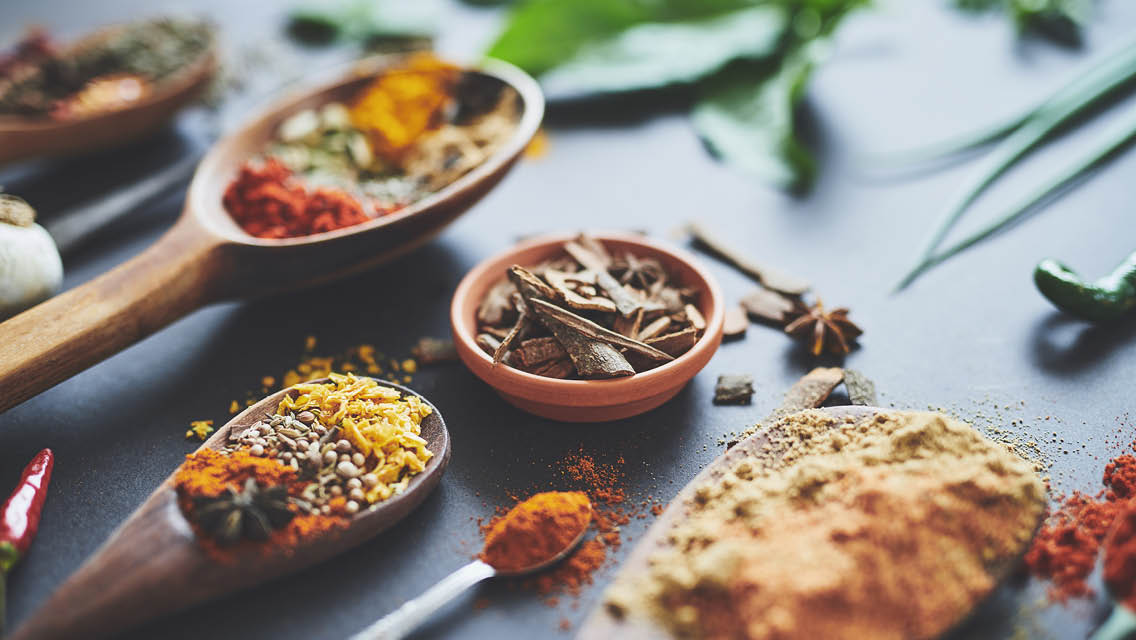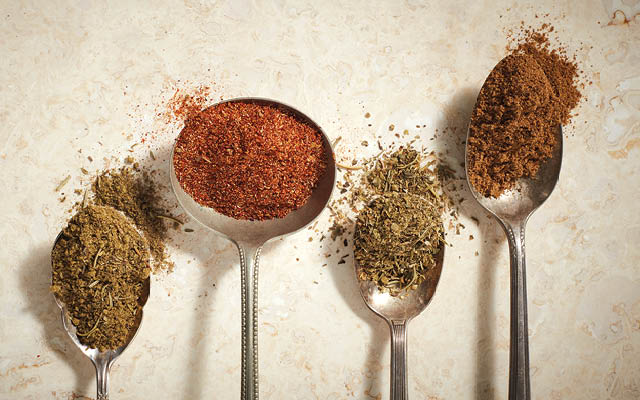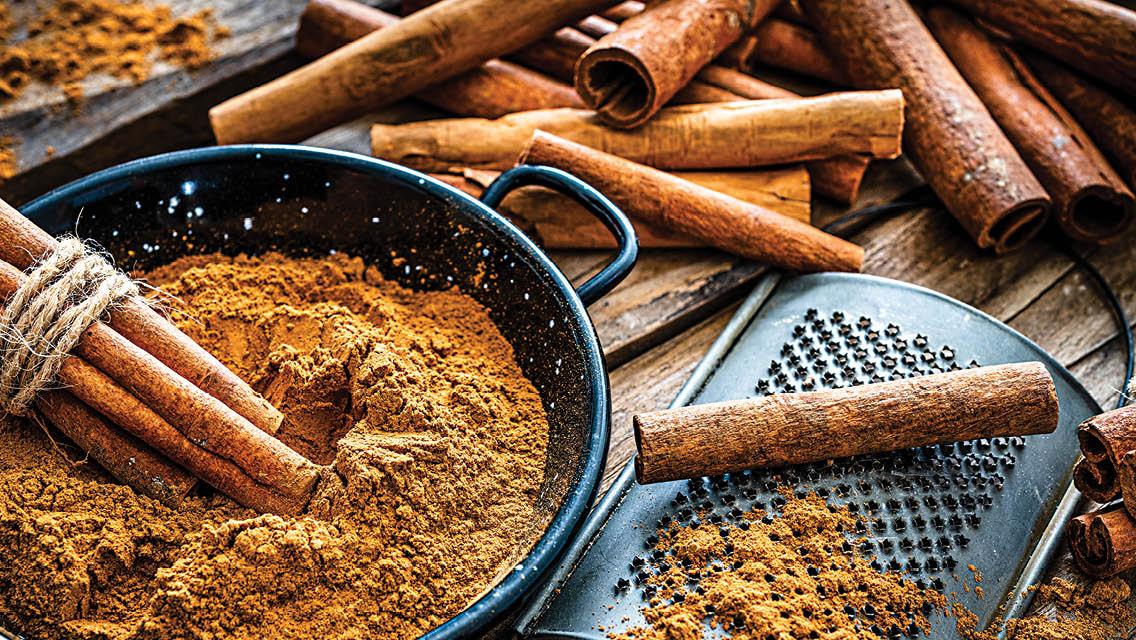If you want to buy fresh seasonings grown by farmers who are treated fairly, keep these suggestions in mind.
1. Prioritize Fair Trade
The first thing to look for on your spice jar is a fair-trade certification. One of the most common in the United States is from Fair Trade USA, an organization that seeks to improve the lives of farmers and farm workers.
Because spices are farmed in dozens of countries around the world, the needs of the farmers or farm workers can vary greatly, according to John Goad, a producer services manager for Fair Trade USA. Fair-trade workers on industrial-scale farms, for example, must be paid the local minimum wage and have other protections like guaranteed breaks and freedom from discrimination.
Smaller farms might get more benefit from a Fair Trade Premium: money earmarked to directly address community needs, such as education, clean water, and gender equality. Often the premium paid to small spice farmers goes back into their product, Goad says, so the Fair Trade USA seal can be an indicator of a better-quality spice, too.
Some people argue that fair-trade certification doesn’t go far enough, and that the costs for the farmers to get certified are too onerous. But given the lack of information on mainstream brands’ labels, it’s better than nothing.
2. Seek Out Organic
If you’re concerned about the use of agrochemicals and want to support sustainable farming practices, look for the USDA organic label on your spice jars. To be certified organic by the USDA, a crop has to come from soil that has had no fertilizers, insecticides, or herbicides for at least three years and must not be grown using GMOs (genetically modified organisms).
3. Buy in Bulk
Bulk bins are commonplace in many health-food stores, and they’re increasingly on offer in bigger markets. When you buy in bulk, you control the amount you buy — and if you get only as much as you need to use in a month or so, you’ll ensure that your spices are as fresh as possible.
You can also get a smaller amount of an unfamiliar spice to experiment with. That way, you spend less and what you don’t use doesn’t sit on your shelf for ages and deteriorate.
4. Grind Them Yourself
Whole spices like peppercorns, cumin seeds, and allspice berries have a longer shelf life than the ground stuff. Because grinding spices releases their aromatic oils, buying whole spices and grinding them yourself will get you the freshest flavor.
Consider investing in a mortar and pestle or a spice grinder. Don’t use your coffee grinder for spices, as those aromatic oils can affect the taste of your java.
5. Shop Online
Several online spice companies — like the ones listed below — buy directly from farmers, which means the farmers make a better profit and the spices are fresher: They can get to you in as little as three weeks from harvest.
- Diaspora Co. buys 30 single-origin spices from 150 farms across India and Sri Lanka. While the spices are neither fair-trade nor organic certified, Diaspora pays the farmers six times the commodity rate, and the farmers use the same organic techniques they always have.
- Burlap & Barrel buys from small farms, paying them two to 10 times market rate. The company stresses sustainability in its sourcing, and the website offers details about each spice’s origin.
- Curio Spice Co. sources from small, sustainable farms all over the world and pays them well above market prices. A women-owned company, Curio prioritizes women-owned farms and organic, fair-trade ingredients.
- Mala Market is owned by a mother-and-daughter team that specializes in Sichuan ingredients and buys directly from farmers and manufacturers there.
- Cinnamon Tree Organics buys organic, single-origin spices from growers in Sri Lanka.
6. Replace as Needed
Once you bring your spices home, how long do they keep? Recommendations vary dramatically. Frontier Co-op spices have a best-by date on every bottle, but in general it advises one to two years for ground spices and two to three years for whole.
McCormick says its ground spices should be used within two to three years; whole spices within three to four years. Diaspora’s spices also each have a best-by date, which is generally 18 to 20 months from harvesting or milling. Many websites recommend six months.
If you’re unsure about spices on your shelf, give them a sniff. Are they aromatic? Is the color still vivid? How long have they been there? It may be time to toss them and start fresh.
This was excerpted from “The Story of Spices” which was published in the November 2021 issue of Experience Life magazine.





This Post Has 0 Comments